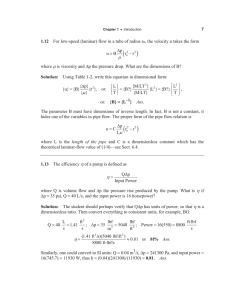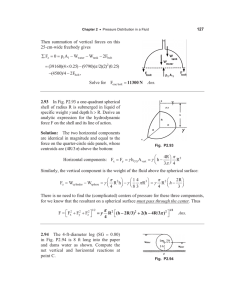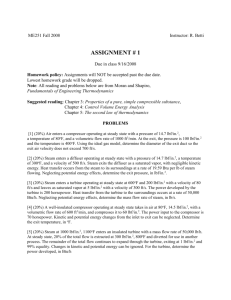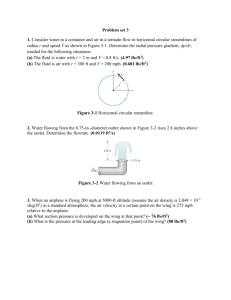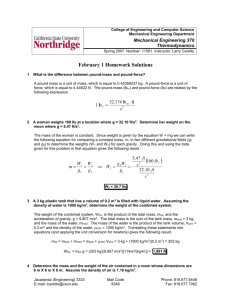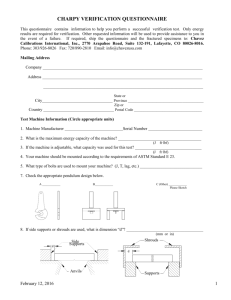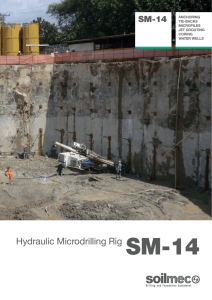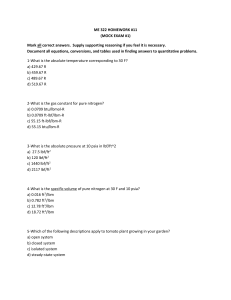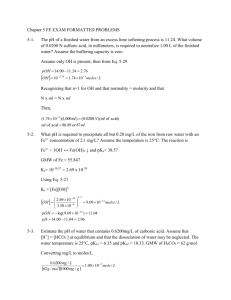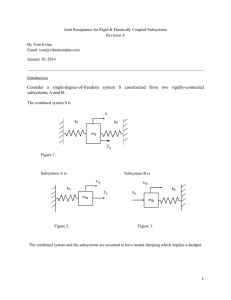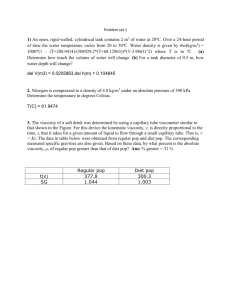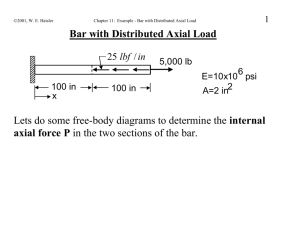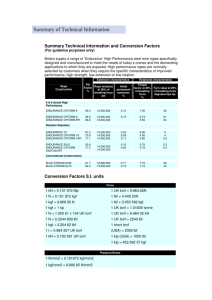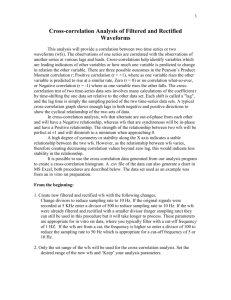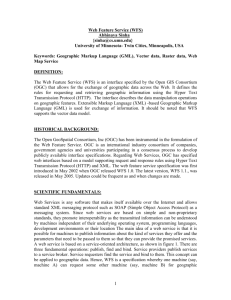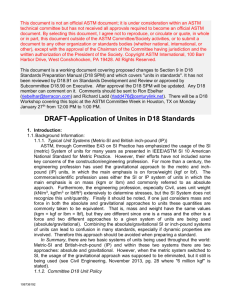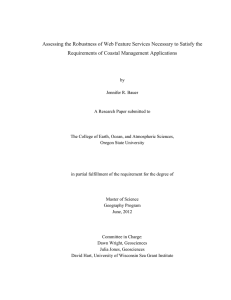Impact of Ocean Acidification on Florida`s Large Benthic Foraminifera
advertisement
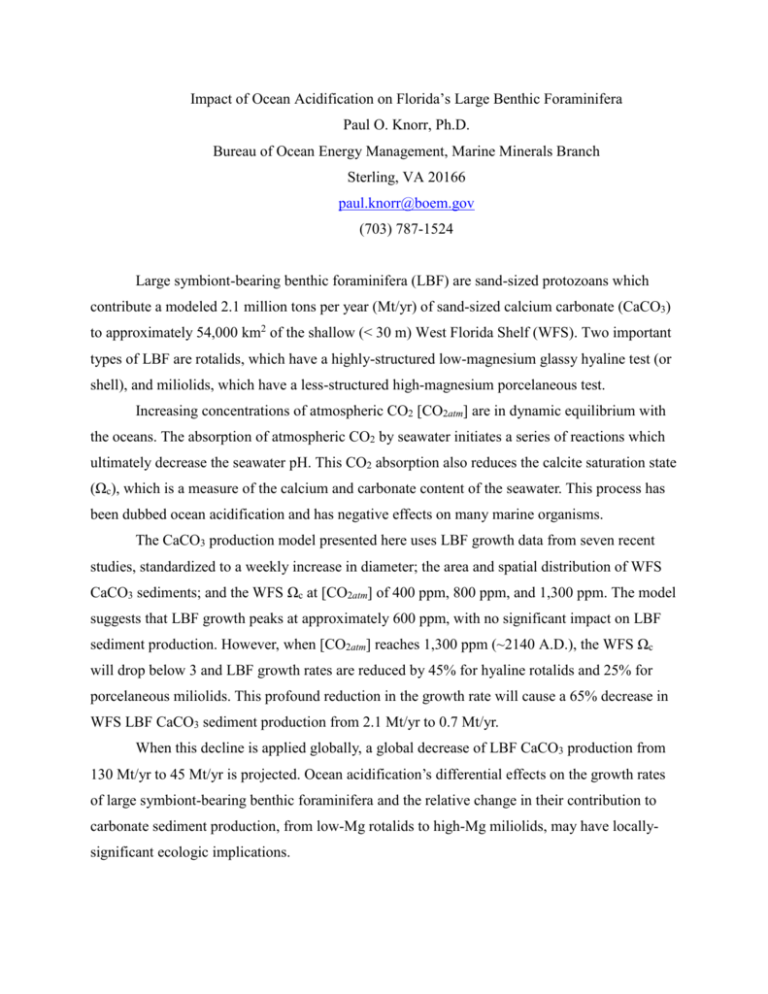
Impact of Ocean Acidification on Florida’s Large Benthic Foraminifera Paul O. Knorr, Ph.D. Bureau of Ocean Energy Management, Marine Minerals Branch Sterling, VA 20166 paul.knorr@boem.gov (703) 787-1524 Large symbiont-bearing benthic foraminifera (LBF) are sand-sized protozoans which contribute a modeled 2.1 million tons per year (Mt/yr) of sand-sized calcium carbonate (CaCO3) to approximately 54,000 km2 of the shallow (< 30 m) West Florida Shelf (WFS). Two important types of LBF are rotalids, which have a highly-structured low-magnesium glassy hyaline test (or shell), and miliolids, which have a less-structured high-magnesium porcelaneous test. Increasing concentrations of atmospheric CO2 [CO2atm] are in dynamic equilibrium with the oceans. The absorption of atmospheric CO2 by seawater initiates a series of reactions which ultimately decrease the seawater pH. This CO2 absorption also reduces the calcite saturation state (Ωc), which is a measure of the calcium and carbonate content of the seawater. This process has been dubbed ocean acidification and has negative effects on many marine organisms. The CaCO3 production model presented here uses LBF growth data from seven recent studies, standardized to a weekly increase in diameter; the area and spatial distribution of WFS CaCO3 sediments; and the WFS Ωc at [CO2atm] of 400 ppm, 800 ppm, and 1,300 ppm. The model suggests that LBF growth peaks at approximately 600 ppm, with no significant impact on LBF sediment production. However, when [CO2atm] reaches 1,300 ppm (~2140 A.D.), the WFS Ωc will drop below 3 and LBF growth rates are reduced by 45% for hyaline rotalids and 25% for porcelaneous miliolids. This profound reduction in the growth rate will cause a 65% decrease in WFS LBF CaCO3 sediment production from 2.1 Mt/yr to 0.7 Mt/yr. When this decline is applied globally, a global decrease of LBF CaCO3 production from 130 Mt/yr to 45 Mt/yr is projected. Ocean acidification’s differential effects on the growth rates of large symbiont-bearing benthic foraminifera and the relative change in their contribution to carbonate sediment production, from low-Mg rotalids to high-Mg miliolids, may have locallysignificant ecologic implications.
